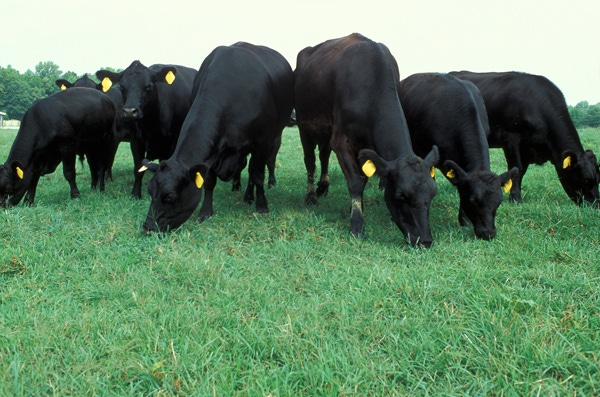April 21, 2011

Up is down, north is south and the opposite of what was once true is now a fact when it comes to some key decisions being faced by cattle producers.
“For many years I’ve heard cattle producers say that production is easy and marketing is hard; that has largely reversed itself given today’s record price levels,” said Derrell Peel, Oklahoma State University Cooperative Extension livestock marketing specialist. “Most any animal one has to sell these days brings a good value in the beef marketplace.”
The overwhelming recommendation by Peel and his fellow analysts across the nation is for producers to focus on having something to sell and managing production to take advantage of current market opportunities.
“A producer still needs to assess his or her specific operational needs and choose what works best, but it’s pretty wide open,” Peel said. “High cattle prices are no guarantee of profitability but high prices combined with production flexibility gives an individual beef producer more opportunity to control his or her fate.”
In short, cost of production will be higher and input markets are volatile, so a producer must evaluate input use carefully and be prepared to adjust production practices accordingly.
“Good business sense now means not necessarily doing things the same old way, though in some cases it may mean something as simple as a shift in emphasis,” Peel said.
For example, the value of reducing death loss by one calf is significantly more given today’s high cattle prices. This signals a producer to pay additional attention to his or her operation’s health program, even though such a consideration is always important.
Pasture and hay management
Additionally, high fertilizer and fuel prices make pasture and hay management more important, and high feed cost makes supplement management more critical. Spend a bit of time considering implications of price-related management decisions and aspects tend to line up nicely into a plan of action.
This is not the first time market signals have encouraged cattle producers to emphasize certain production practices over others. Historically, cattle cycles have signaled the need to focus on maximum cow-calf production during some combination of years and then switched to an emphasis on promoting the need to retain ownership or focus on stocker production.
“The advantage of the current market situation is that there is practically no tradeoff in market incentives,” Peel said. “Today’s market is basically rewarding any type of forage-based production of cattle so it makes little difference if a producer sells weaned calves, retains feeders or runs stockers in place of cows.”
In fact, the market signals that for much of the time in recent years limited feasible stocker systems to a narrow set of parameters – small beginning weights and limited total weight gain – have been replaced by expanded flexibility to choose a wider range of beginning weights, plus there is more opportunity to own cattle longer and take them to greater weights.
“I wouldn’t say there are no marketing challenges but placing an emphasis on productivity, efficiency and production costs should pay the greatest dividends in this unprecedented market environment,” Peel said. “Forage is worth more now. Producers who can grow and manage forage most efficiently and maximize the use of that forage through cattle will benefit the most in today’s marketplace.”
You May Also Like




